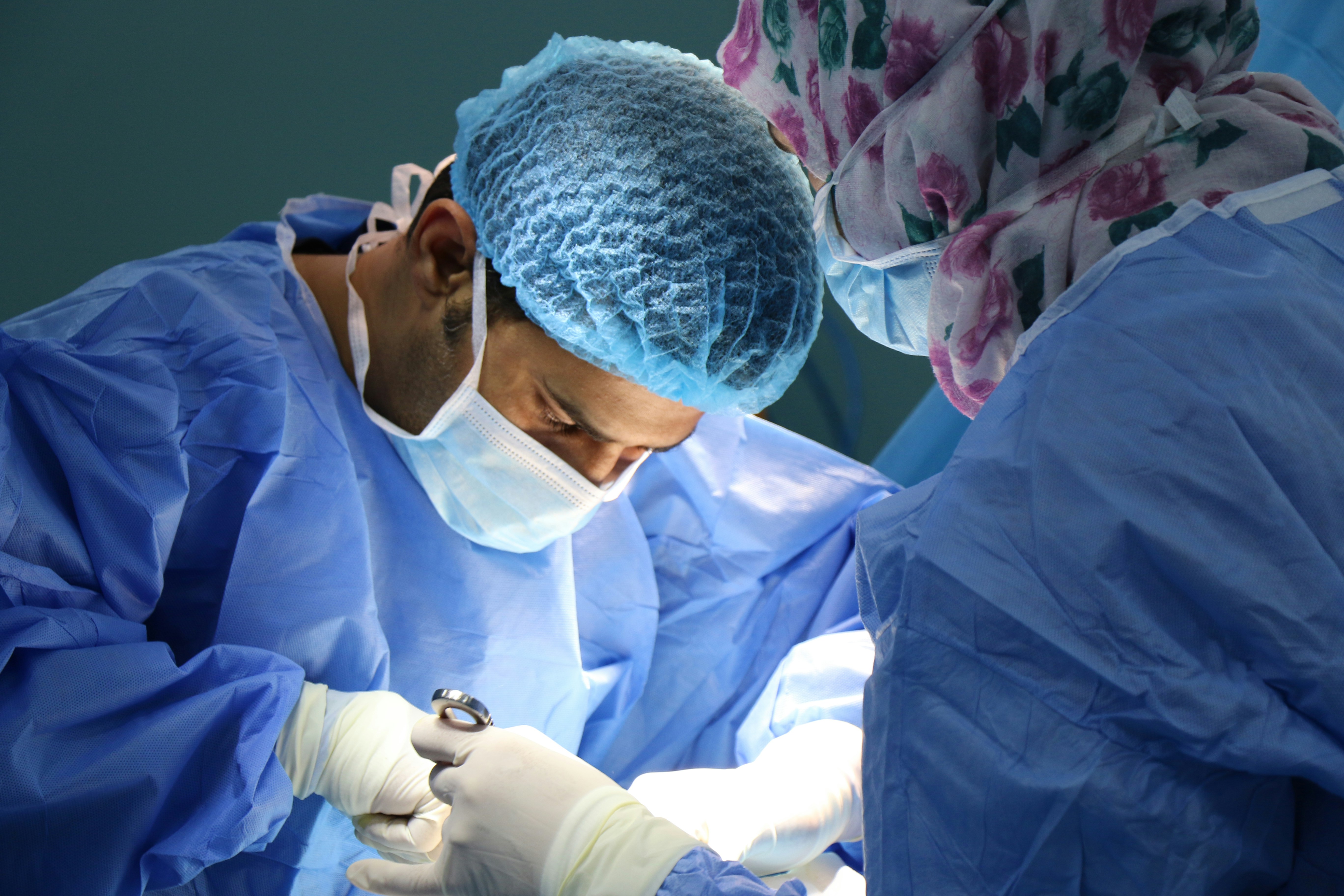Musculoskeletal injuries affect 50% of American adults each year. Older individuals are more likely to suffer from broken bones because of reduced bone density and age-related balance issues that can lead to falls. People with osteoporosis are also more susceptible to bone fractures.
In some cases, musculoskeletal issues can cause a great deal of pain. For others, bone health issues can be debilitating and affect their ability to perform routine functions, such as walking and dressing. Fortunately, medical advances have expanded treatment options and can enable individuals to regain bone health.
Diagnosis

See your medical doctor or a doctor who specializes in family medicine to discuss your symptoms. Your family physician can order medical tests, such as bone density tests or other tests to check for bone loss. A bone densitometry test can be used to confirm you have osteoporosis. Computed tomography (CT) scans, magnetic resonance imaging (MRI) scans, and X-rays can be used to identify bone fractures.
Your doctor can also refer you to specialists who can treat your symptoms, including physical therapists, occupational therapists, recreational therapists, and orthopedists.
Physical Therapy

Physical therapists have licensed doctors of physical therapy. They specialize in working with people who have pain and mobility issues. They use a variety of therapeutic methods to help patients reduce their pain and increase their mobility. Treatments can include exercises and stretches. Physical therapists may also teach patients how to use assistive devices.
In addition to conventional physical therapy activities, patients can benefit from treatment at licensed rehabilitation centers that use robotic exoskeletons during treatment. Robotic exoskeletons are motorized frames a patient can wear. These exoskeletons can compensate for physical weakness. Licensed physical therapists may use these exoskeletons to enable their patients to complete exercises safely.
Exercise prompts your bones to develop and increases bone density. You can also build muscle strength with exercise, increasing your range of motion, and reducing pain.
Occupational Therapy

Occupational therapists are experts who focus on patients who need to regain or develop the ability to complete routine tasks. While physical therapists focus on gross motor activities, such as standing and walking, occupational therapists prioritize tasks such as getting dressed and eating. Individuals who suffer from bone fractures may need to rebuild hand or arm strength or learn to use assistive devices aster fracture heals. Occupational therapists can also use robotic exoskeletons with their patients.
Recreational Therapists

Recreational therapists use recreational activities to address their patients’ health needs. Individuals with bone health issues can benefit from engaging in games, dance, sports, and playing music or other creative activities. Recreational therapists develop programs for individuals who are ill, injured, or disabled. Their programs can be modified to fit their patients’ interests and needs and used to help them build muscle strength, increase their mobility, and improve their coordination. Recreational therapists can also teach individuals to work with a service dog to improve their ability to perform tasks safely.
Orthopedic Specialists

Orthopedic doctors are medical doctors who specialize in treating patients with musculoskeletal issues. All orthopedic specialists are qualified to evaluate patients and diagnose their condition. Orthopedic doctors can develop non-surgical treatment plans for patients, such as prescribing steroid injections or rehabilitative exercises. Orthopedic doctors may also refer patients to physical therapists.
Orthopedic surgeons are qualified to assess and diagnose patients and are also able to perform surgical procedures to treat musculoskeletal issues. Orthopedic surgeons can replace joints and repair your spine or bone fractures. For example, an individual with scoliosis may have a rod installed in their back by an orthopedic surgeon. The rod is used to straighten their spine.
Dietitians

Dietitians understand how a person’s diet can impact their health and wellbeing. Your diet can compromise the health of your bones and your bone density. A dietician can account for your food preferences and dietary needs to develop a diet that will strengthen your bones. Foods rich in magnesium, including low-fat dairy products, nuts, and whole grains, are known to improve bone density. Calcium improves bone strength and bone flexibility. Sardines, soybeans, yogurt, milk, spinach, and collard greens are excellent sources of calcium. Vitamin D enables your body to absorb calcium. Tuna, salmon, and fish liver oil are natural sources of vitamin D. Dietitians may also order calcium supplements, depending on your test results and the severity of your fracture or bone density issue.
Maintaining a diet high in these nutrients is a great form of preventive care that can help people of all ages maintain bone density and keep conditions like osteoporosis bay. If you feel you have a musculoskeletal issue that is getting in the way of your daily life, know that there are bone scans and medical treatments available that can help you. You don’t have to live with pain due to a spine issue such as scoliosis or bone density problems such as osteoporosis — find a doctor today who can help you, regardless of your age group.

